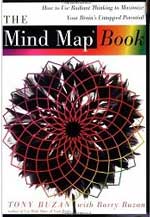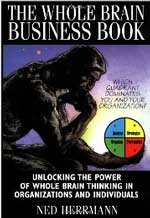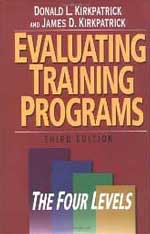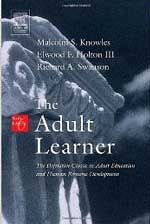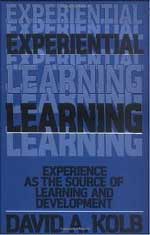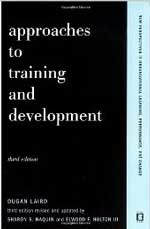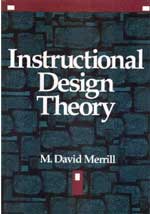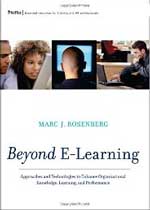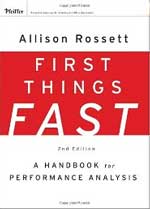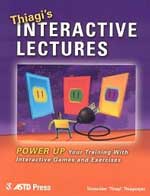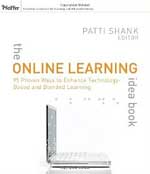Distinguished Contributors, Gurus, and Pioneers to the Field of Learning and Training
Clark AlrdridgeClark Alrdridge is a writer who has written several popular books on the learning field, to include Simulations and the Future of Learning and Learning by Doing. He has a popular blog at Simulations by Clark Aldrich. |
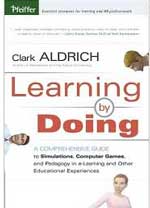 |
Benjamin BloomBenjamin Bloom's most important work focused on creating a Taxonomy of Learning Domains. |
|
Jane BozarthJane Bozarth is a writer whose books include Social Media for Trainers: Techniques for Enhancing and Extending Learning and Better Than Bullet Points: Creating Engaging e-Learning with PowerPoint. She also posts to a popular blog — bozarthzone. |
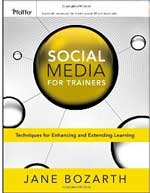 |
Tony BuzanTony Buzan created Mind maps in the late 60s as a way to help learners make notes by using only key words and images. While normal note taking increases retention, the use of mind or concept maps is even more effective in the learning process. |
|
Richard (Dick) ClarkRichard Clark is a professor of Educational Psychology and Technology and the director of the Center for Cognitive Technology at the University of Southern California's Rossier School of Education. Clark is known for addressing the relationship between media and learning in the book Learning from Media: Arguments, Analysis, and Evaluation (Clark and Kozma). |
 |
Dr. Ruth ClarkRuth Clark is a recognized specialist in instructional design and the founder of Clark Training & Consulting. Her books are evidence-based and include Graphics for Learning and Evidence-based Training Methods. |
|
Jay CrossJay Cross is a proponent of informal and social learning. He is the author of a popular blog, Informal Learning Blog. He wrote Informal Learning and coauthored Working Smarter Fieldbook. |
|
Howard GardnerIn 1983 Howard Gardner challenged the established view of a monolithic intelligence with the book, Frames of Mind, in which he posited that there are at least seven relatively separate and autonomous intelligences. His latest book, Multiple Intelligences: New Horizons in Theory and Practice, continues with this theme. |
|
Gloria GeryGlory Gery is the 1998 inductee into the Human Resource Development Hall of Fame and was named the first Fellow at the Workflow Institute. Perhaps her best contribution is her work on Electronic Performance Support Systems. |
|
Brandon HallBrandon Hall, Ph.D., is the Chairman of Brandon Hall Research, an expert in elearning, and author of Web-Based Training Cookbook. |
|
Ned HerrmannNed Herrmann was inducted into HRD Hall of Fame in 1995 for his work on right brain/left brain differences and Triune brain research to create a metaphorical model that illustrates how we have four styles when it comes to the process of thinking and learning. |
|
Donald KirkpatrickDonald Kirkpatrick was inducted into the HRD Hall of Fame in 1997 for his work on the four-step evaluation model, which is perhaps the best model for evaluation learning processes and planning a learning platform. |
|
Malcolm KnowlesMalcolm Knowles was inducted into the HRD Hall of Fame in 1985. He developed a distinctive conceptual basis for the way adults learned through the concept of andragogy. |
|
David KolbDavid Kolb's theory of experiential learning defines the cognitive processes of learning and asserts the importance of critical reflection in learning. His theory is both a model of a best way to learn and our preference for learning. |
|
Dugan LairdDugan Laird was inducted into the HRD Hall of Fame in 1985. Perhaps his greatest contribution to our field is his book, Approaches To Training And Development, which is a must have for anyone involved in the learning profession. |
|
Robert MagerRobert Mager was inducted into the HRD Hall of Fame in 1985, primarily for his contribution of instructional objectives. |
|
Elliot MasieElliott Masie is an recognized futurist, analyst, researcher and organizer on the critical topics of workforce learning, business collaboration and emerging technologies. In addition, he founded the MASIE Center. |
|
Dr. M. David MerrillM. David Merrill is an instructional effectiveness consultant and professor emeritus at Utah State University. He currently teaches online courses at Brigham Young University Hawaii and University of Hawaii. He created the Component Display Theory. |
|
Clark QuinnClark Quinn is a popular blogger, Learnlets,and has a new book on mlearning — Designing mLearning: Tapping into the Mobile Revolution for Organizational Performance. |
|
Marc RosenbergMarc Rosenberg has authored perhaps two of the best books on elearning — E-Learning: Strategies for Delivering Knowledge in the Digital Age and Beyond E-Learning: Approaches and Technologies to Enhance Knowledge, Learning and Performance. |
|
Allison RossettDr. Allison Rossett, a Professor of Educational Technology at San Diego State University. She also serves on the Board for the Elearning Guild and Chief Learning Officer magazine, was selected as a Distinguished Fellow of the Naval Education and Training Learning Strategies Consortium and was inducted into the HRD Hall of Fame in 2000. |
|
Thiagi (Sivasailam Thiagarajan)Thiagi is recognized world-wide as the designer of effective, engaging training games. He runs a popular site at The Thiagi Group. |
|
Patti ShankPatti Shank, Ph.D., CPT, is president of Learning Peaks LLC. She is frequently quoted in training publications and the author of several books, to include Essential Articulate Studio '09 and The Online Learning Idea Book. |
|
Michael ToveyMichael Tovey while perhaps is not too well known in the United States, is the author of one of the best books on ISD — Training in Australia. The book closely follows the ADDIE model. He had over 25 years experience in the training and development field, as an instructor, trainer, facilitator, teacher lecturer, manager of training and a line manager. |
|
Next StepsFor other people working in the Instructional Design field see Instructional Design. |





